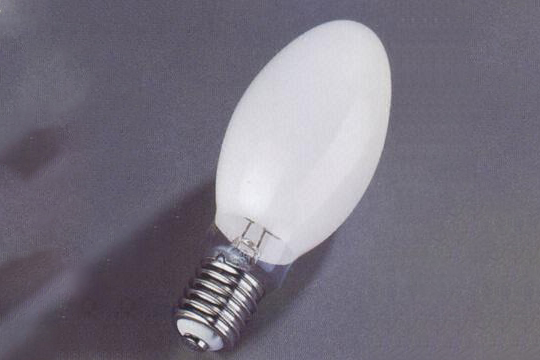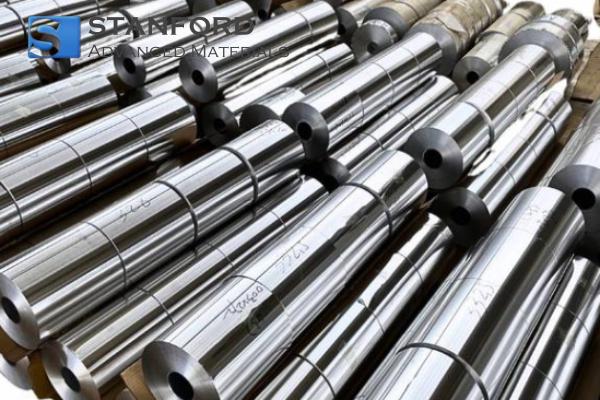How Niobium Applies For Glasses, Money And Lamps?
Niobium is a chemical element. It is a soft, grey and ductile transition metal that occurs in pyrochlore and columbite minerals. Its name derives from Greek mythology, originating from Niobe, the daughter of Tantalus. The physical and chemical properties of niobium and tantalum overlap. This overlap renders analytical distinction challenging.
Niob for Glass
Lithium niobate is a ferroelectric material used in mobile telephones, optical modulators and in the manufacture of acoustic surface wave devices. It belongs to the ABO3 structure of ferroelectrics such as lithium tantalate and barium titanate. Niobium capacitors are available as an alternative to tantalum capacitors, although tantalum capacitors remain more common. Niobium is added to glass to increase the refractive index. This adjustment permits the production of finer and lighter corrective lenses.

Niob for Coins
Niobbleche are utilised as a noble metal in commemorative coins, often combined with silver or gold. In 2003, Austria produced a series of silver coins incorporating niobium. Their colour is produced by the diffraction of light on a thin layer of anodised oxide. In 2012, ten coins displayed a range of colours in their central design: blue, green, brown, violet, purple or yellow. The Austrian commemorative coin of the Österreichischen Alpenbahnen (25 and 150 Euro) and the 2006 Austrian commemorative coin (25 Euro) serve as additional examples. In 2004 the Royal Canadian Mint commenced production of a 5-dollar coin named Hunter's Moon, which combined silver and niobium. During manufacture, niobium is selectively oxidised. This process yields surfaces that are distinct, whereby no two pieces are identical.

Niob for Lamps
The burner assemblies of high-pressure sodium vapour lamps are manufactured using niobium powder. This powder is sometimes alloyed with 1 % zirconium. Niobium has a thermal expansion coefficient that closely resembles that of sintered aluminium oxide burner ceramics. The ceramic material is translucent and resists chemical attack as well as reduction by hot liquid sodium and sodium vapour in the lamp.

 Bars
Bars
 Beads & Spheres
Beads & Spheres
 Bolts & Nuts
Bolts & Nuts
 Crucibles
Crucibles
 Discs
Discs
 Fibers & Fabrics
Fibers & Fabrics
 Films
Films
 Flake
Flake
 Foams
Foams
 Foil
Foil
 Granules
Granules
 Honeycombs
Honeycombs
 Ink
Ink
 Laminate
Laminate
 Lumps
Lumps
 Meshes
Meshes
 Metallised Film
Metallised Film
 Plate
Plate
 Powders
Powders
 Rod
Rod
 Sheets
Sheets
 Single Crystals
Single Crystals
 Sputtering Target
Sputtering Target
 Tubes
Tubes
 Washer
Washer
 Wires
Wires
 Converters & Calculators
Converters & Calculators
 Write for Us
Write for Us


 Chin Trento
Chin Trento



